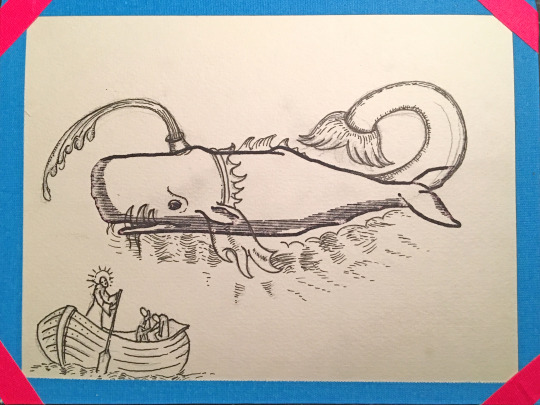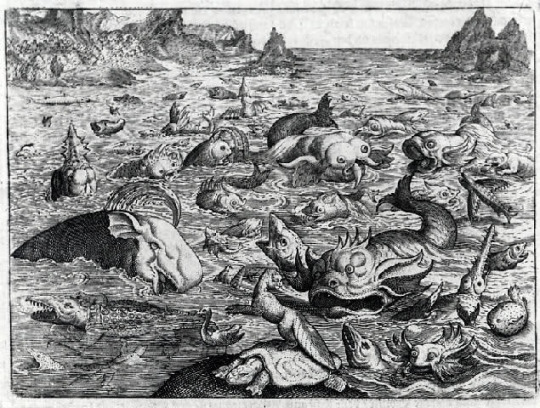Some backstory on this project.
in 2015, I was participating in a class exercise about false mythologies. As in: take an issue, and come up with a speculative fiction to explore it. I was interested in whales, and something I’d read a long time ago, about beluga whales in the St Lawrence river, who lived in the effluence of aluminum factories, which is very toxic. These whales were described as “mobile superfund sites.” Then in 215, i had started looking into ship containerization, and in this class exercise, which was about 20 minutes, connected the size and shape of whales to containers.
What if… OK: there’s one more piece of this: at the time of the class exercise I was reading James Nestor’s book DEEP: Freediving, Renegade Science, and What the Ocean Tells Us about Ourselves, and in it is a chapter on some wild scientists and free divers who are working in the Pacific to learn more about whale language. So I asked: what if we had cracked the language code of a species of whales (roughly 40 feet long, rather container-shaped), and strike a global accord or convention wth them? A select few whales would carry some of our impossible toxic waste (the way that garbage barge couldn’t land to offload) in exchange for complete protection at a species level from hunting or environmental degradation of large areas of the oceans.
I’m not sure it’s such a great idea, but it got me started. It’s a dark story yes, but one in which non humans get to have some kind of legal agency. And it works on some kind of system of sacrifice which should be familiar to any human who sends their young to war or to become martyrs. And so here I am.
This 40 foot whale would be either a sperm whale (the largest toothed whale), or a right whale or a humpback whale (both of which are baleen whales meaning they have baleen plates instead of teeth and filter their food out from the water they take into their mouths). I decided to focus on sperm whales for reasons I hope will unfold in future Days of Making. Most superficially, they are a bridge between deep and shallow ocean depths, where they do hunts as long as an hour long, for animals like the Giant squid. In addition, they were hunted heavily, and have had a really strong recovery. So the animal you see in the rubber stamp image is a sperm whale.


